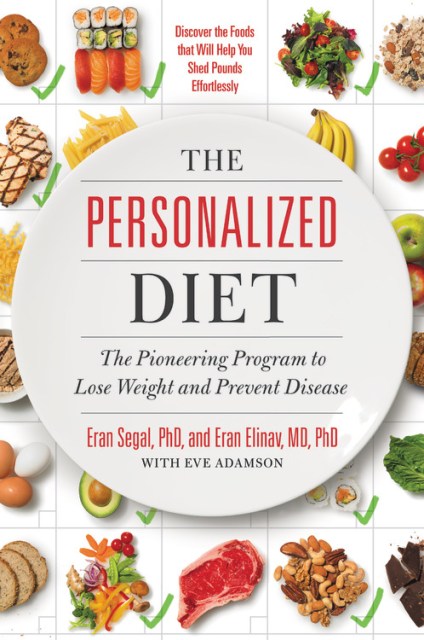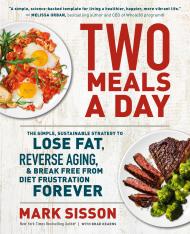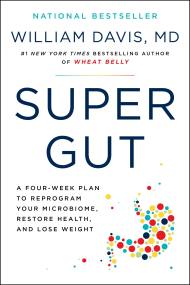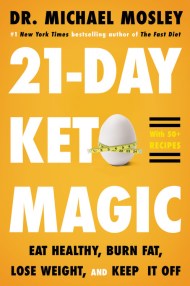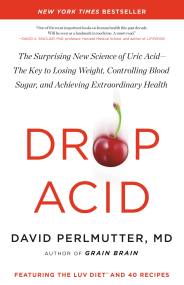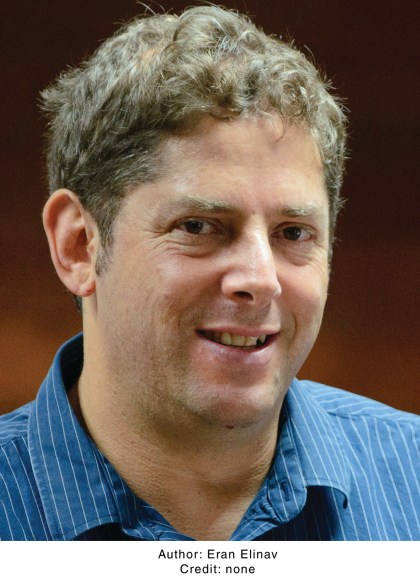Promotion
Use code MOM24 for 20% off site wide + free shipping over $45
The Personalized Diet
The Pioneering Program to Lose Weight and Prevent Disease
Contributors
By Eran Elinav, MD, PhD
With Eve Adamson
Formats and Prices
Price
$39.00Price
$49.00 CADFormat
Format:
- Hardcover $39.00 $49.00 CAD
- ebook $14.99 $19.99 CAD
- Audiobook Download (Unabridged)
This item is a preorder. Your payment method will be charged immediately, and the product is expected to ship on or around December 26, 2017. This date is subject to change due to shipping delays beyond our control.
Also available from:
There are certain things we take as universal truths when it comes to dieting and health: kale is good; ice cream is bad. Until now. When Drs. Segal and Elinav published their groundbreaking research on personalized nutrition, it created a media frenzy. They had proved that individuals react differently to the same foods-a food that might be healthy for one person is unhealthy for another. In one stroke, they made all universal diet programs obsolete. The Personalized Diet helps readers understand the fascinating science behind their work, gives them the tools to create an individualized diet and lifestyle plan (based on their reactions to favorite foods) and puts them on the path to losing weight, feeling good, and preventing disease by eating in the way that’s right for them.
Genre:
- On Sale
- Dec 26, 2017
- Page Count
- 368 pages
- Publisher
- Grand Central Life & Style
- ISBN-13
- 9781478918806
Newsletter Signup
By clicking ‘Sign Up,’ I acknowledge that I have read and agree to Hachette Book Group’s Privacy Policy and Terms of Use
